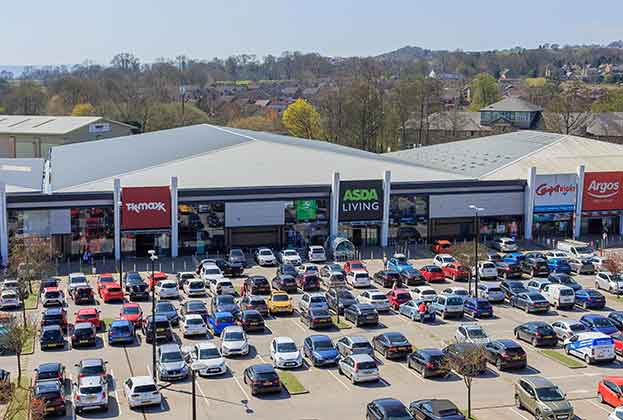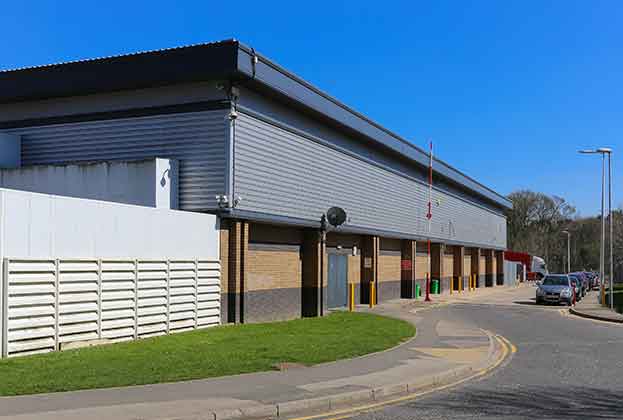The price gap is narrowing between vendors and purchasers for retail warehouse assets, where store openings remain robust despite falling rents
2019 looks set to have been the weakest year for the retail warehouse investment market since the recession. However the last few years have been somewhat of an anomaly as investors have held fire for two reasons, namely to see how far prices may fall given the structural change in rents and what will happen in the investment climate post a decision on Brexit.
The outlook for 2020 has a few rays of positivity around it, with a reasonably positive consumer story and signs that retailers are selectively expanding their retail warehouse portfolios.
While much of the focus on the market in recent years has been on closures, it is less commonly noted that the number of store openings across the UK market in 2017 and 2018 was well above average. This story looks likely to have continued in 2019.
Given that the bulk of this demand is driven by value retailers, it is reasonable to assume that the pace of store openings will continue in 2020, even against a background of weak consumer confidence.
The major challenge for next year will be around the gap between purchaser’s and vendor’s expectations on price in the investment market. We believe that 2020 will see some major new opportunistic entrants into the retail warehouse sector, driven by both the correction in prices and the comparatively sustainable story around retailer demand and its internet compatibility.
Read the articles within Spotlight: UK Retail Warehousing below.
.jpg)

.jpg)

